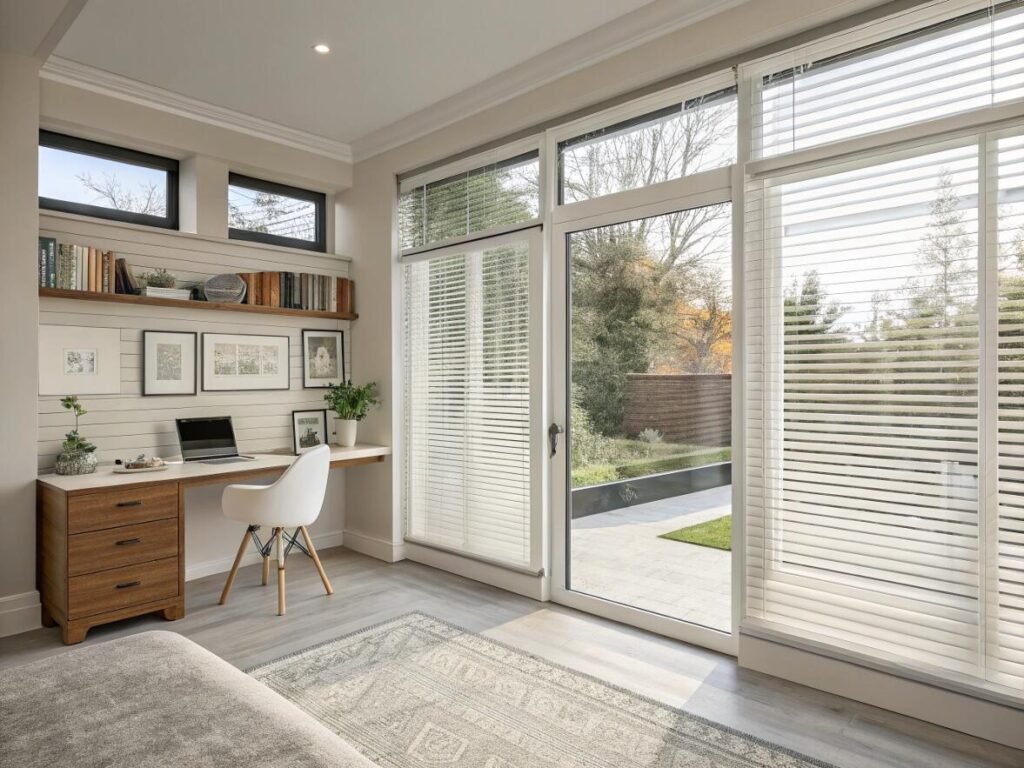The promise is irresistible: blinds that never need dusting, sealed away from dirt, pets, and damage. But when that delicate mechanism inside the glass breaks, you face a nightmare scenario: replacing the entire window unit.
Windows with built-in blinds[^1] are a good solution for low-maintenance convenience, but they come with major drawbacks. They are expensive, have limited design and control options, and if the blind fails, the entire sealed glass unit often needs to be replaced.

As a specialist in window coverings[^2], I often consult with designers like Emma who are intrigued by this concept. The idea of eliminating cleaning is a powerful selling point for any client. However, I always advise taking a step back to look at the total picture. It’s a classic case of convenience versus control and cost. While the idea is clever, you are locking yourself into a single, unchangeable system for the life of the window. Let’s break down if that trade-off is truly worth it for your project.
What are windows with built-in blinds called?
You’re trying to research and specify these windows, but you’re not sure of the correct industry term. You see them described in a few different ways and need to know the professional name.
These are most commonly called "integral blinds[^3]" or "integrated blinds." You may also see them referred to as "blinds-between-the-glass." All these terms refer to the same product: a window with blinds hermetically sealed inside a double- or triple-pane glass unit.

Knowing the right terminology is crucial when getting quotes and talking to suppliers. "Integral blinds" is the most professional and widely used term. They are a factory-built product where a miniature blind system, usually a simple venetian-style blind, is assembled in a clean room and permanently sealed between two panes of glass. The space is then filled with an inert gas like argon to improve insulation. This sealing process is what keeps the blinds free from dust and moisture, but it’s also what makes them impossible to access for repairs or updates later on.
What are the pros and cons of built-in blinds vs. independent systems?
You need a clear, unbiased comparison. Your client loves the no-dusting feature[^4], but you’re worried about the long-term implications, and you need to present a balanced view before a final decision is made.
Built-in blinds offer zero maintenance and a clean look. However, independent blinds provide vastly superior design freedom, functionality, light control, and are far less expensive to install and replace.
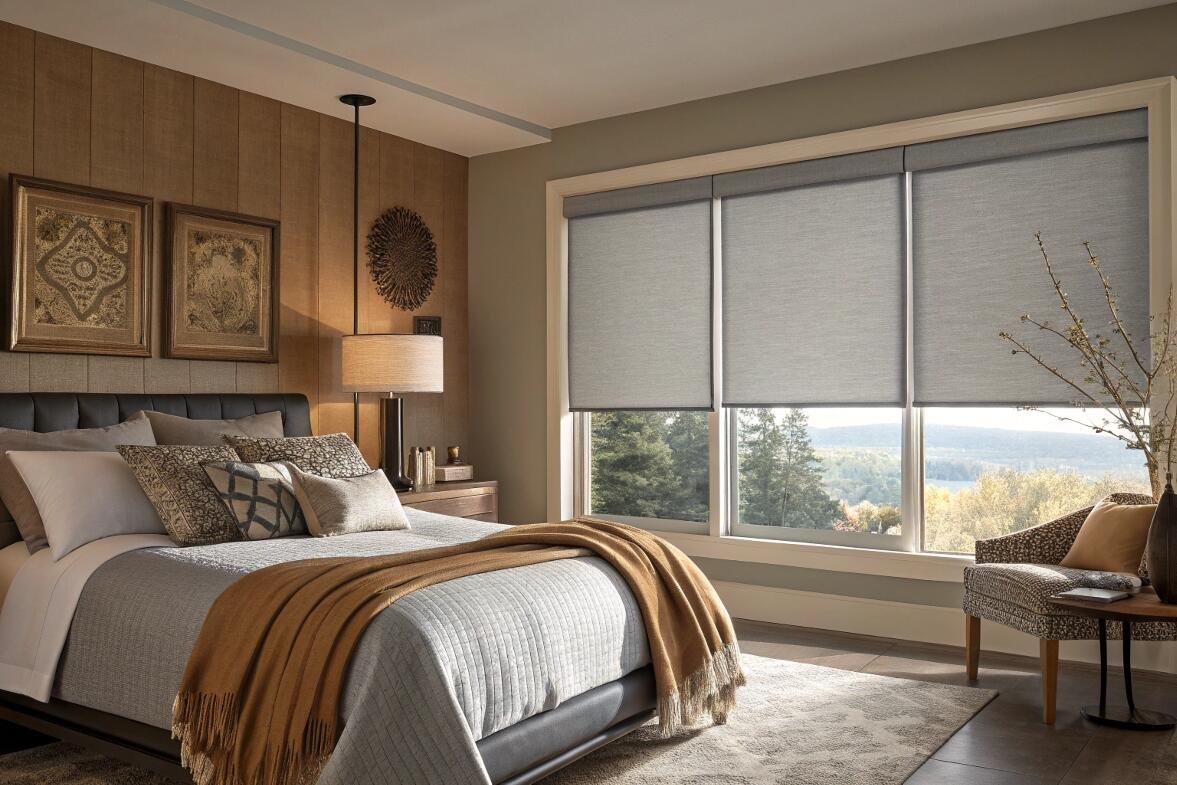
The decision between an integrated system and a separate, independent blind really comes down to this core comparison. I’ve broken it down into the key factors that interior designer Emma would consider for a high-end project.
| Feature | Integral (Built-in) Blinds | Independent Blind Systems |
|---|---|---|
| Maintenance | Pro: Excellent. Never needs dusting. | Con: Requires regular dusting/cleaning. |
| Initial Cost | Con: Very high (part of window cost). | Pro: Wide range of prices, much lower entry point. |
| Design Options | Con: Very limited (1-2 styles, few colors). | Pro: Virtually unlimited styles, materials, and colors. |
| Light Control | Con: Fair. Prone to light leakage around edges. | Pro: Excellent. Blackout side channels available. |
| Repairability | Con: Poor. Failure often means full window replacement. | Pro: Excellent. Cords, motors, and slats can be replaced. |
| Lifespan | Con: Blind mechanism is less durable than the window. | Pro: High-quality blinds can last 10+ years and are easily updated. |
| Flexibility | Con: Permanent. Cannot change style. | Pro: Can be updated easily to match new decor. |
This table makes the trade-off clear. You gain convenience, but you sacrifice control, aesthetics, and long-term value.
How long do integral blinds last?
This system is built into the window, which is a long-term part of the building. You need to know if the blinds inside will last as long as the window itself.
The window’s glass seal may be warrantied for 10-20 years, but the moving parts of the blind inside have a much shorter lifespan. Cords can fray and mechanisms can jam, with no option for repair, potentially failing in as little as 5-7 years.
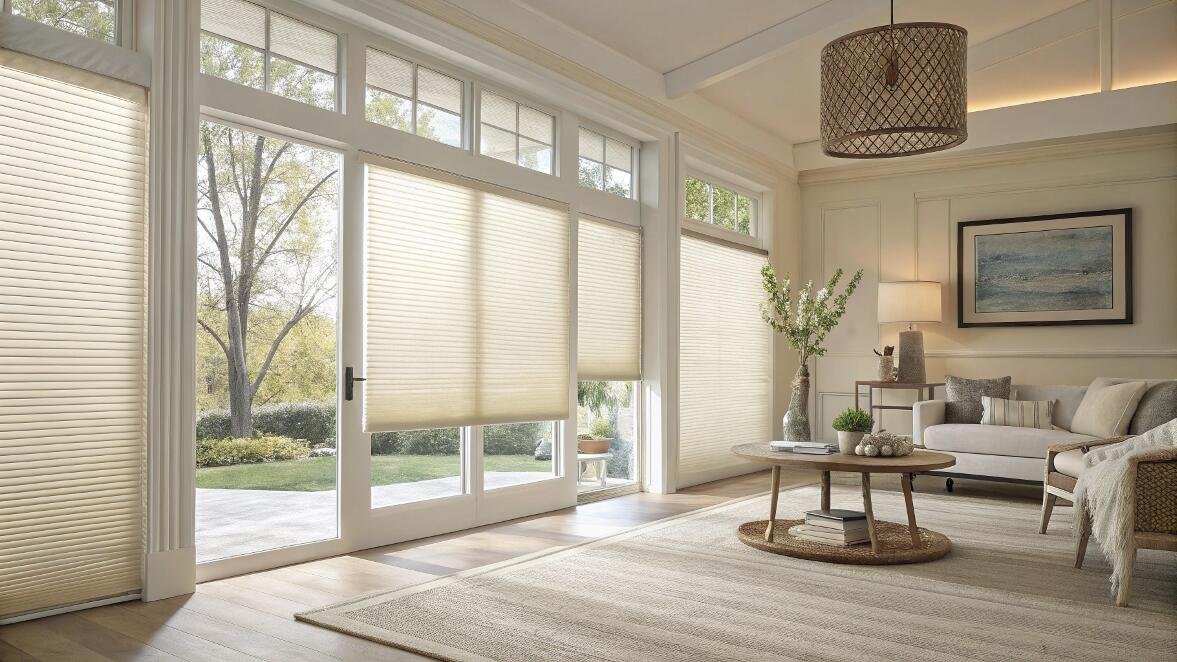
This is the hidden risk of integral blinds. While the window unit itself is durable, it contains a delicate mechanical device. The thin cords and tilting mechanisms are under stress with every use. When a cord on a standard blind breaks, it’s a simple and inexpensive repair. When a cord inside a sealed glass unit breaks, the entire blind is rendered useless. You’re left with a blind that is permanently crooked, stuck open, or stuck shut. Since you cannot break the factory seal, your only option is to replace the entire insulated glass unit, which is a very expensive service call.
How do they compare in control and maintenance?
You are weighing the undeniable ease of maintenance against the day-to-day functionality and control options. Is the trade-off in control worth the convenience of no cleaning?
Integral blinds win on maintenance but lose on control. They use simple, often clunky, magnetic sliders. Independent blinds offer a huge range of controls, from simple cords to advanced, smart-home-integrated motorization.

The user experience is vastly different.
- Maintenance: There is no contest here. Integral blinds are the clear winner. By being sealed, they are 100% protected from dust, pollen, kitchen grease, and physical damage. This is their single biggest advantage and is especially compelling for healthcare or hospitality settings.
- Control Flexibility: Independent systems are the winner. The standard control for an integral blind is a magnetic slider on the side of the window frame that you manually move up and down. Some motorized options exist, but they are expensive and use proprietary systems. With independent blinds, the sky’s the limit. You can have standard cords, cordless systems for child safety, or our most popular option at VelaBlinds: smart motorization that integrates with Alexa, Google Home, and other automation systems.
Can you add integral blinds to existing windows?
Your client has perfectly good windows but loves the idea of built-in blinds. They want to know if they can just add this feature to their current windows to save on cost.
No, you cannot add integral blinds to existing windows. The system must be built and sealed in a factory-controlled environment. Upgrading to integral blinds requires the complete removal and replacement of your current windows.
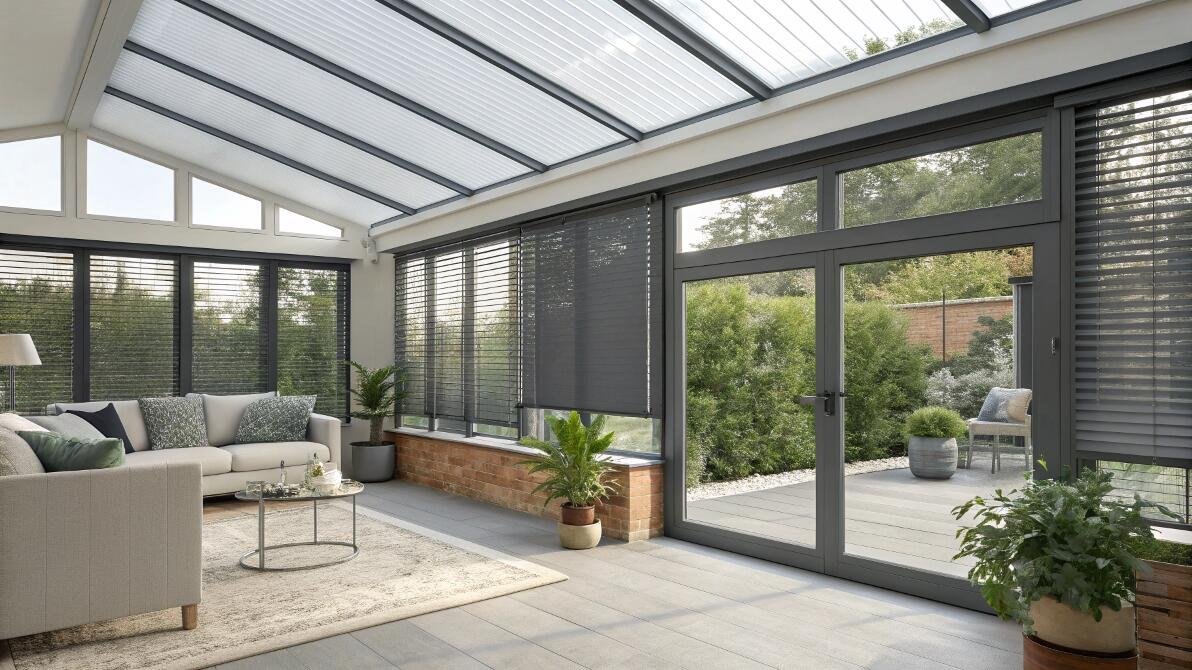
This is a critical point that dramatically impacts the total project cost. An independent blind is a simple addition to an existing window. An integral blind is a major construction project. The entire window sash or, in many cases, the entire window unit including the frame, must be removed and replaced with a new, much more expensive unit that has the blinds pre-installed from the factory. This makes them a non-starter for most retrofit projects unless the client was already planning on a full window replacement for other reasons, like energy efficiency upgrades.
What are the alternatives to integrated blinds?
You’ve explained the drawbacks of built-in blinds to your client. Now they are asking what they should get instead to achieve a clean, modern, and functional look.
The alternatives are modern independent blind systems[^5]. These include minimalist roller shades, versatile faux wood blinds, and insulating cellular shades, all of which can be motorized for a sleek, cord-free look that surpasses the convenience of integral blinds.
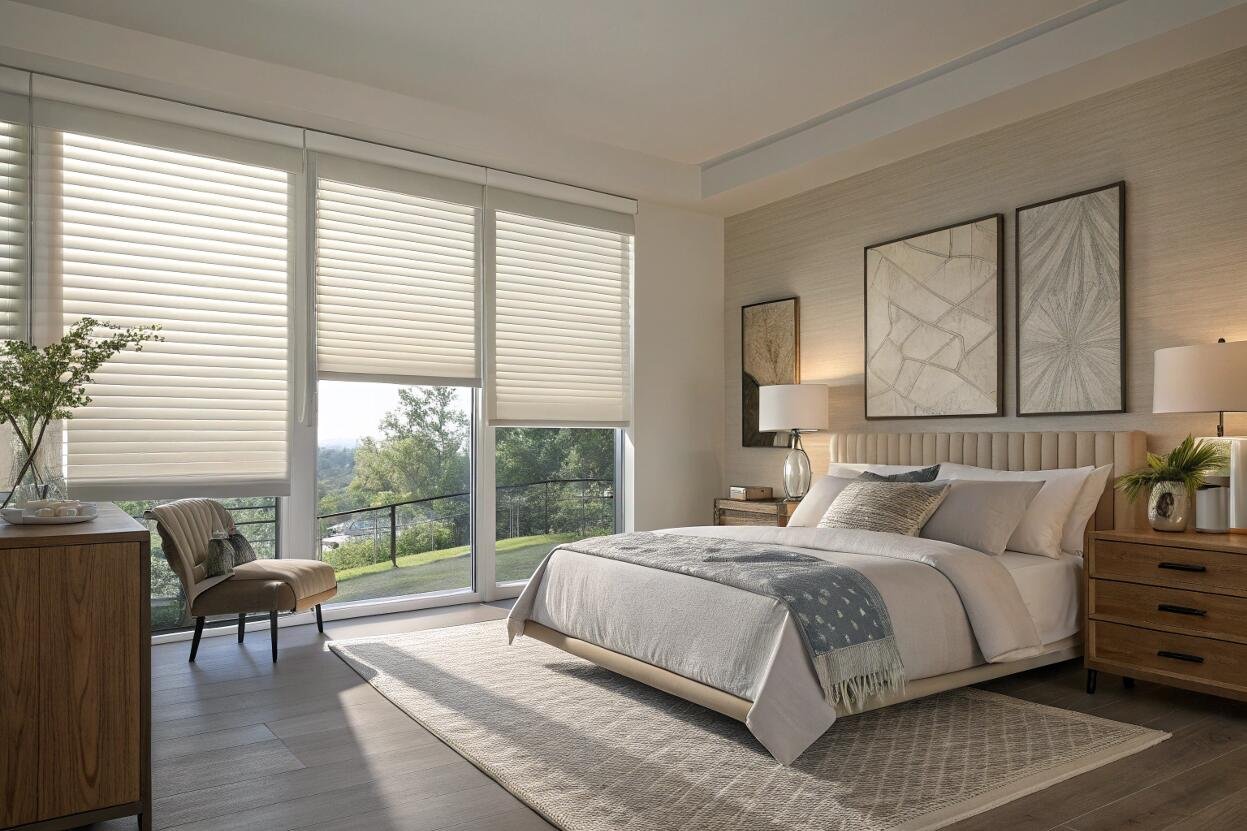
The great news is that there are fantastic alternatives that offer better aesthetics[^6], performance, and value. Instead of being locked into a basic mini-blind, you can choose a product that perfectly matches the room’s decor and function.
- Motorized Roller Shades: These offer the cleanest look. When raised, the fabric disappears into a slim cassette, maximizing the view. They are available in thousands of fabrics, from sheer to complete blackout.
- Faux Wood Blinds: These provide the classic look of a venetian blind but are far more durable and moisture-resistant than the flimsy aluminum found in most integral units. They offer excellent tilt control for privacy and light.
- Cellular Shades: These are insulation powerhouses, with a honeycomb structure that traps air. They are lightweight, come in a huge range of colors, and can provide excellent room darkening.
All of these options can be motorized and integrated into a smart home, offering a level of control and convenience that built-in blinds cannot match.
Conclusion
While the dream of no-dusting is tempting, built-in blinds[^1] have critical flaws in cost, flexibility, and repairability. Independent blind systems offer far greater design freedom, better performance, and superior long-term value for nearly every project.
---
[^1]: Discover the pros and cons of built-in blinds to make an informed decision for your space.
[^2]: Find out the latest trends in window coverings to elevate your interior design.
[^3]: Explore this link to understand the mechanics and benefits of integral blinds for your home.
[^4]: Understand the advantages of no-dusting features in window treatments for a cleaner home.
[^5]: Learn about independent blind systems and how they can enhance your home's aesthetics and functionality.
[^6]: Discover window treatments that enhance the aesthetics of your home.Partner with VelaBlinds for Your Next Project
Smart window treatments shouldn’t be complicated. After working with 500+ distributors and contractors worldwide, I’ve streamlined the process to get you quality products, competitive pricing, and reliable support – every time.
Why project professionals choose VelaBlinds:
- ✅ Fast, Accurate Quotes – Detailed specs and pricing within 24 hours
- ✅ Transparent Pricing – No hidden fees, volume discounts clearly outlined
- ✅ Quality Assurance – Direct partnerships with certified OEM manufacturers
- ✅ Project Support – Dedicated account manager from quote to delivery
Start your next project:
📧 Quick Quote: Send your requirements to info@velablinds.com
📱 Direct Contact: WhatsApp +86 137 2012 8317
🌐 Browse Solutions: https://velablinds.com/
📁 Product Resources: Access spec sheets, catalogs & project files
Paul Chen, Founder
"I built VelaBlinds to solve the real challenges I faced as a project buyer – long lead times, unclear specs, and unreliable suppliers. Let’s discuss how we can power your projects with smarter blinds."
Serving distributors and contractors across North America, Europe, and Australia since 2018.

